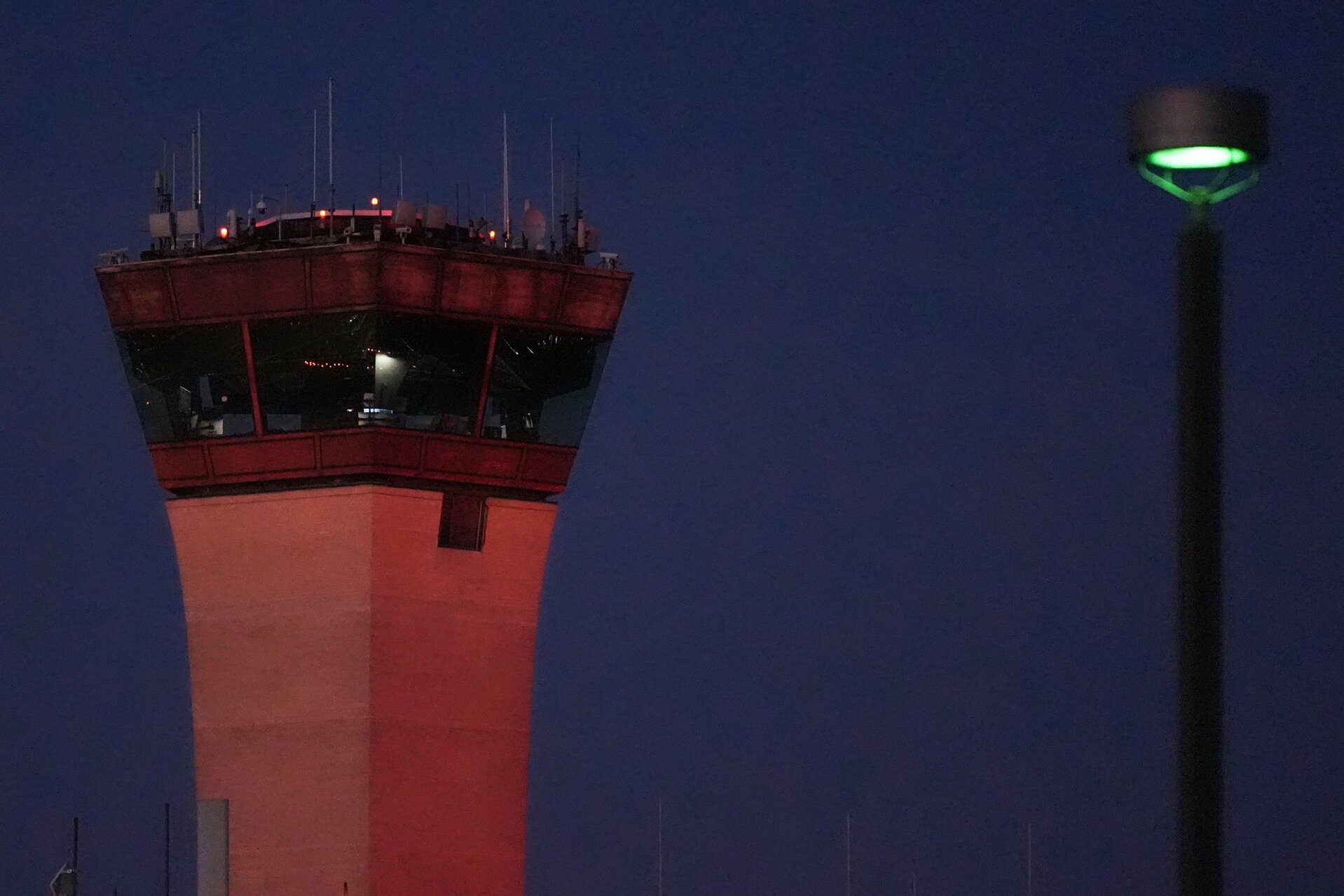The dramatic reductions had sparked widespread cancellations and raised pressure for a deal to resolve the stalemate.

Federally ordered cuts to flights at 40 busy airports will persist at current levels, the Transportation Department said late Wednesday — which opted not to immediately end the restrictions despite the conclusion of the government shutdown that inspired them.
DOT said it is “freezing” the phased-in reductions at their current 6 percent of scheduled domestic flights at those locations. The cuts had been scheduled to escalate Thursday to 8 percent, then to 10 percent Friday.
“The data is going to guide what we do because the safety of the American people comes first,” Transportation Secretary Sean Duffy said in a statement.
The department initially imposed the cuts late last week, citing fatigue among air traffic controllers who were working unpaid during the shutdown, and then ramped them up Tuesday — provoking widespread cancellations that heightened pressure for lawmakers to resolve the funding stalemate.
DOT said late Wednesday that it has seen a “rapid decline” in controllers calling out of work, and that therefore the department decided not to further escalate its reductions.
The department did not specify when it will end the restrictions entirely, though it said it anticipates doing so when conditions at the airports allow it.
“Once funding is restored and the [Federal Aviation Administration] has confidence the stress in the system has adequately decreased, the [agency] expects to roll back” the restrictions, reads a new emergency order released Wednesday night by DOT, which replaces the department’s earlier directive.
International flights are exempted, but the order says airlines can cancel them voluntarily and count them toward the required 6 percent cut. Flights must be canceled four days in advance, according to the order.
The reductions followed a wave of flight delays at major travel hubs attributed to shortages of controllers, after significant numbers of those workers called out of their shifts. For many Americans, the turmoil in the airports became one of the most visible impacts of the 43-day shutdown.
“The FAA safety team is encouraged to see our air traffic control staffing surge, and they feel comfortable with pausing the reduction schedule to give us time to review the airspace,” Duffy said in his Wednesday statement. He added, “If the FAA safety team determines the trend lines are moving in the right direction, we’ll put forward a path to resume normal operations.”
DOT had justified the flight cuts by citing worrying trends in aviation safety data, including an increase in complaints from pilots about controllers being “less responsive” or “more stressed.” The department has not released exact numbers of those incidents.
Senate Minority Leader Chuck Schumer has called the cuts a political “stunt,” something DOT vehemently denied. Even more widespread travel chaos was looming as the hectic Thanksgiving holiday week approached.
Duffy had said Tuesday that the controller shortages were improving as many came back to work, adding that he believed they “are seeing an end to the shutdown and feel more hopeful.”
His remarks came a day after President Donald Trump railed against the absent controllers on Truth Social, threatening to dock their pay and encouraging them to leave their high-stress federal jobs.
It remains unclear how many controllers were absent during the shutdown. Neither DOT nor the Federal Aviation Administration has published totals.
Airlines for America, which represents the nation’s biggest carriers, warned Wednesday that it will take time for airlines to resume normal operations, with dayslong “residual effects” anticipated.
The trade group’s president, Chris Sununu, the former Republican governor of New Hampshire, at a media briefing told reporters he expects a return to “pre-shutdown normalcy” roughly a week after the funding lapse ends.
